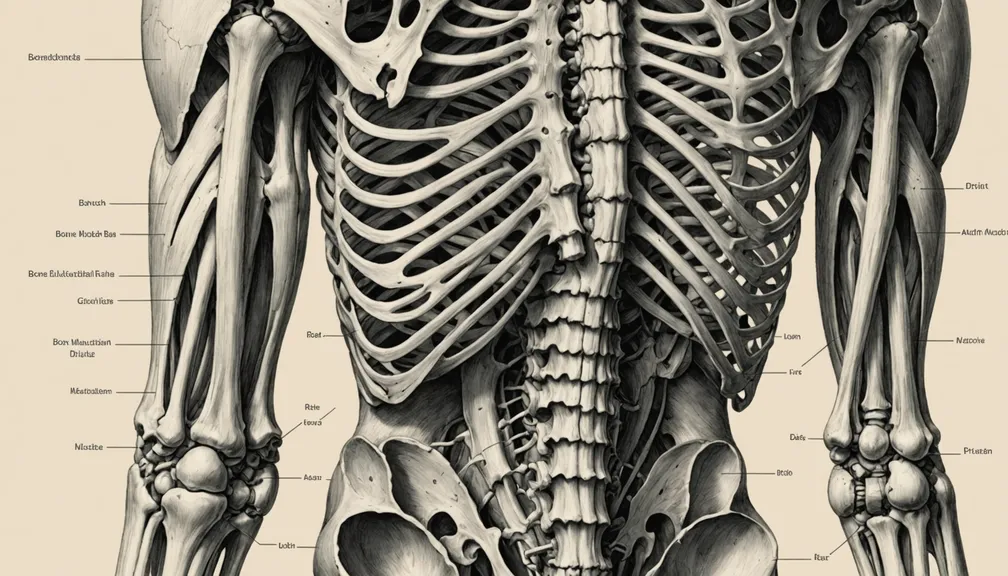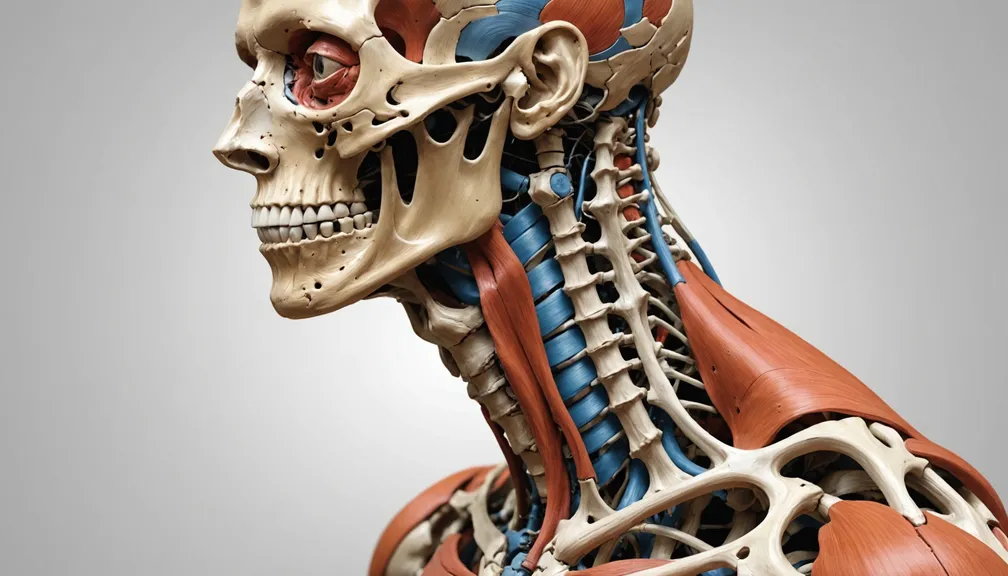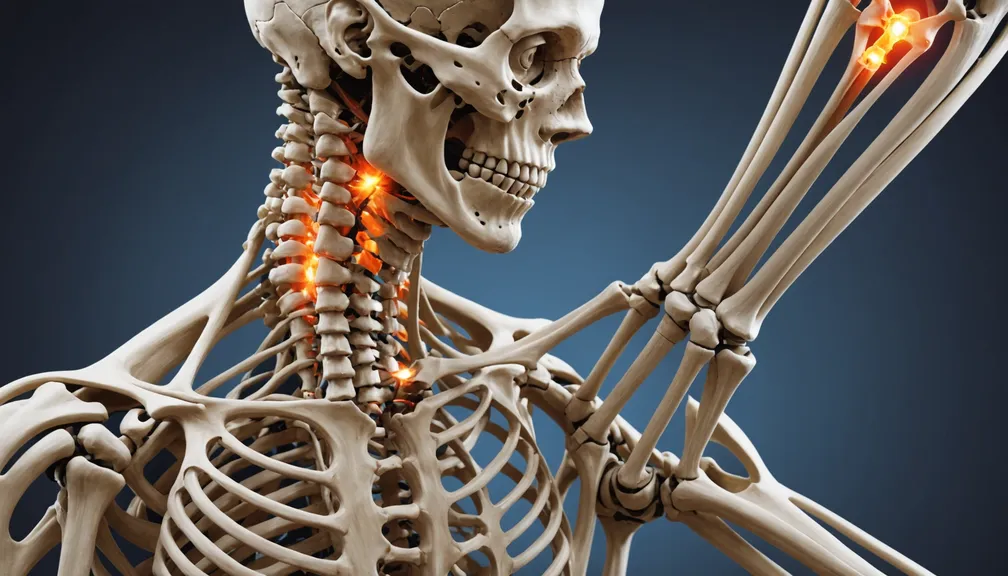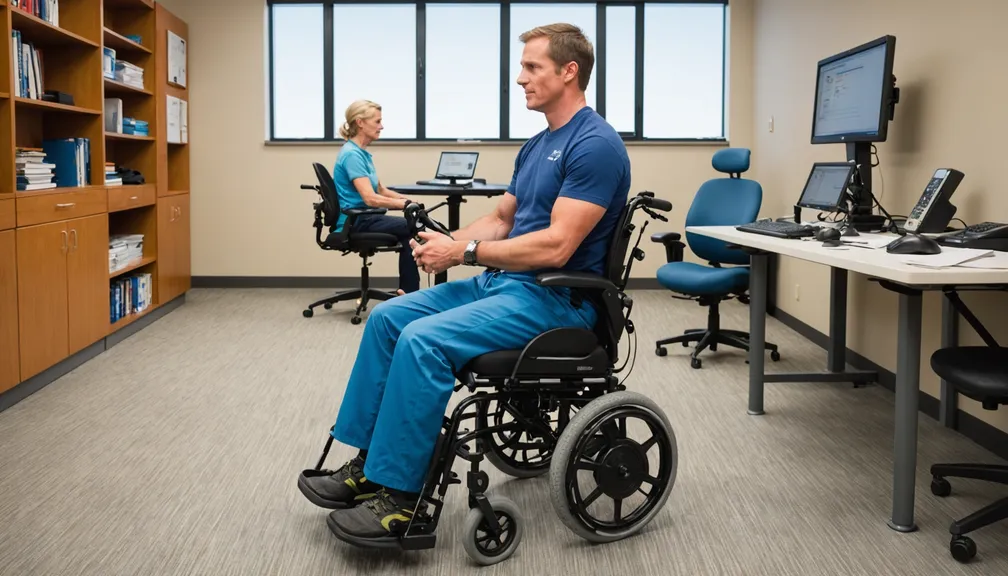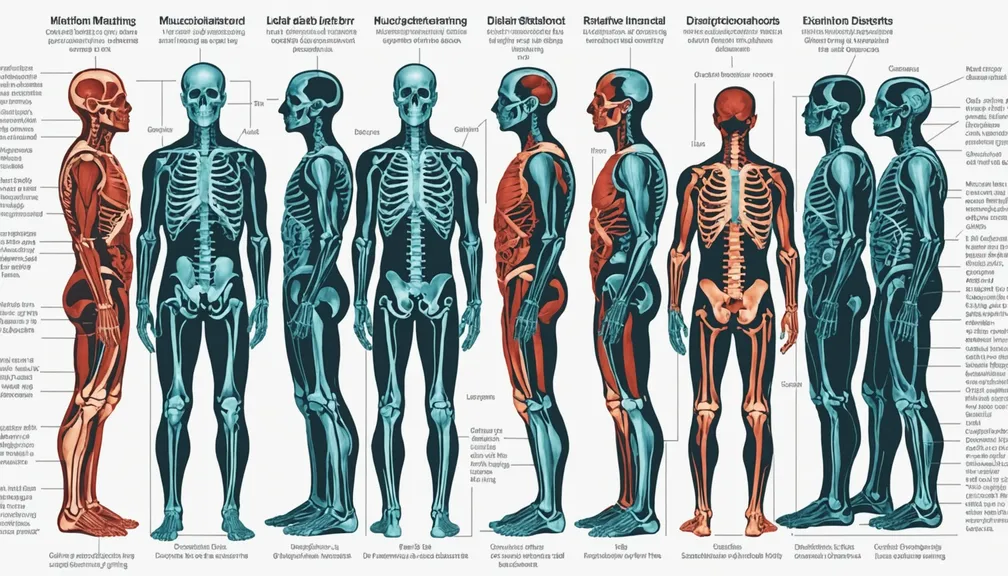Treatment Approaches: Medications, Physical Therapy, and Surgery
Managing rare musculoskeletal disorders involves a combination of treatments tailored to each individual's needs. Understanding these treatment options can empower you and your loved ones to make informed decisions about care and improve quality of life.
Medications
Medications play a crucial role in managing symptoms and slowing disease progression in rare musculoskeletal disorders.
Pain Management
- Analgesics: Over-the-counter pain relievers like acetaminophen or nonsteroidal anti-inflammatory drugs (NSAIDs) can help reduce mild to moderate pain.
- Prescription Medications: For more severe pain, doctors may prescribe stronger painkillers, such as opioids, though these are used with caution due to potential side effects and dependency risks.
- Topical Treatments: Creams and ointments containing pain-relieving ingredients can be applied directly to affected areas for localized pain relief.
Bone Strengtheners
- Bisphosphonates: These medications help increase bone density and reduce the risk of fractures, especially in conditions like osteogenesis imperfecta.
- Calcium and Vitamin D Supplements: Essential for bone health, these supplements support calcium absorption and bone mineralization.
Other Medications
- Muscle Relaxants: To alleviate muscle spasms and improve mobility.
- Anti-inflammatory Drugs: To reduce inflammation in joints and connective tissues, easing discomfort and swelling.
Physical Therapy
Physical therapy is a cornerstone of treatment for rare musculoskeletal disorders, focusing on enhancing mobility, strength, and overall function.
Benefits of Physical Therapy
- Improved Mobility: Helps maintain and increase the range of motion in joints and muscles.
- Strength Building: Enhances muscle strength to support and protect bones and joints.
- Pain Reduction: Techniques such as stretching and strengthening exercises can alleviate chronic pain.
- Prevention of Deformities: Regular therapy can prevent or minimize skeletal deformities over time.
Types of Exercises
- Stretching Exercises: Improve flexibility and reduce stiffness in muscles and joints.
- Strength Training: Uses resistance (like weights or bands) to build muscle strength.
- Balance and Coordination Exercises: Enhance stability and prevent falls.
- Aquatic Therapy: Exercising in water reduces stress on joints and muscles, making movements easier and less painful.
Creating a Personalized Plan
A physical therapist will assess your specific needs and develop a customized exercise regimen that considers your condition, abilities, and goals. Regularly updating the plan ensures it remains effective and safe.
Surgery
In some cases, surgical intervention may be necessary to address complications or severe symptoms of rare musculoskeletal disorders.
When is Surgery Necessary?
- Fractures: Surgical stabilization may be required for bones that are prone to breaks.
- Joint Replacement: Damaged joints may need replacement to restore function and reduce pain.
- Spinal Deformities: Corrective surgery can address severe curvature or instability in the spine.
- Tendon and Ligament Repair: To restore proper function and prevent further damage.
Types of Surgical Procedures
- Orthopedic Surgery: Focuses on bones, joints, ligaments, and tendons to correct structural issues.
- Spinal Surgery: Addresses spinal deformities or injuries to improve alignment and reduce pain.
- Minimally Invasive Procedures: Use smaller incisions and specialized tools to reduce recovery time and minimize tissue damage.
What to Expect from Surgery
- Preoperative Preparation: Includes medical evaluations and planning with your surgical team.
- Recovery Process: Varies depending on the procedure but may involve hospitalization, physical therapy, and time off for healing.
- Potential Risks: Like all surgeries, there are risks such as infection, blood clots, and complications from anesthesia. Discuss these with your surgeon beforehand.
Multidisciplinary Care
Managing rare musculoskeletal disorders often requires a team of specialized health professionals working together to provide comprehensive care.
Types of Health Professionals Involved
- Rheumatologists: Specialists in joint, muscle, and bone diseases.
- Orthopedic Surgeons: Focused on surgical treatments for musculoskeletal issues.
- Physiatrists (Rehabilitation Physicians): Experts in physical medicine and rehabilitation.
- Physical Therapists: Help improve movement and manage pain through exercise.
- Occupational Therapists: Assist with adapting daily activities to maintain independence.
- Genetic Counselors: Provide information and support regarding the genetic aspects of the disorder.
- Pain Management Specialists: Focus on alleviating chronic pain through various treatments.
Coordinating Care
Effective communication among the care team ensures that all aspects of the disorder are addressed. Regular meetings and updates help synchronize treatment plans, monitor progress, and make necessary adjustments to therapies.
Additional Health Professionals to Consider
- Nutritionists/Dietitians: Offer dietary plans to support bone health and overall well-being.
- Psychologists/Counselors: Provide mental health support to cope with the emotional challenges of living with a chronic condition.
- Social Workers: Assist with accessing resources and support services.
- Primary Care Physicians: Oversee general health and coordinate referrals to specialists.
By understanding and utilizing these treatment approaches, individuals with rare musculoskeletal disorders and their loved ones can work together with healthcare professionals to manage symptoms, improve quality of life, and maintain as much independence and functionality as possible.

